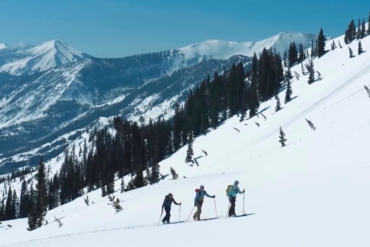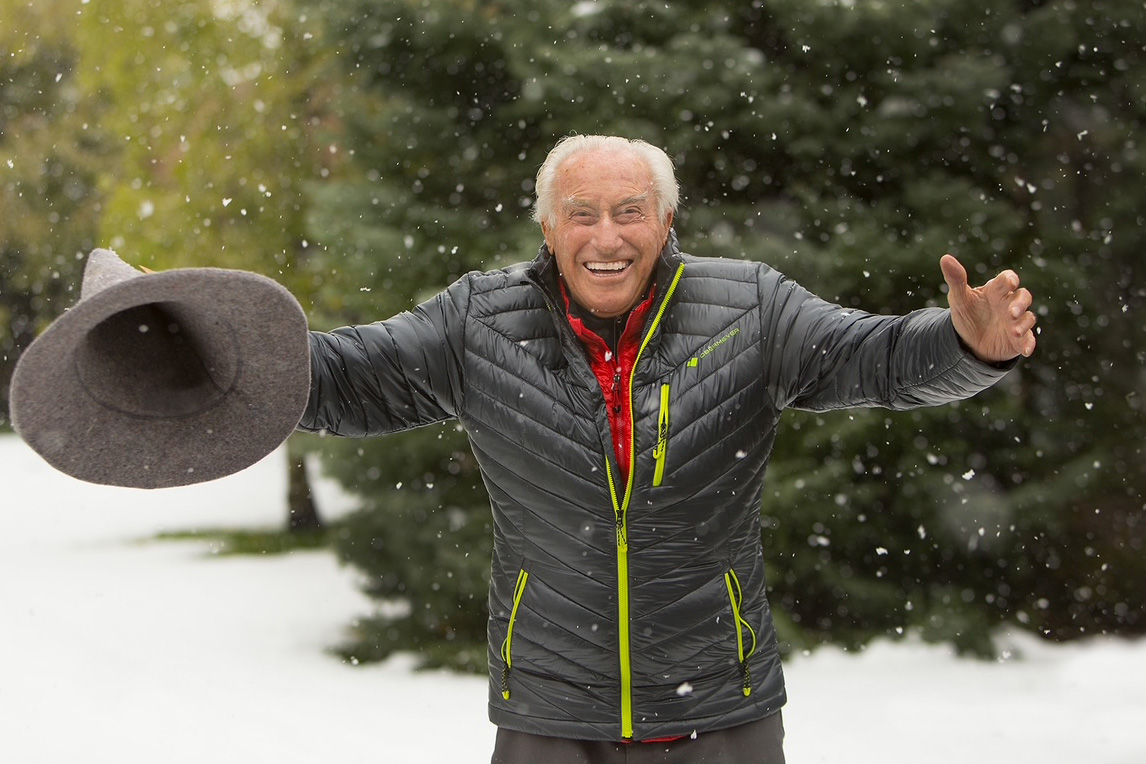Big Mountain Snow Safety Program is the top backcountry ski class in the country. We checked out the program in person.
“There’s this massive chasm between the current style of avalanche training and modern backcountry skiing. It just doesn’t meet the needs of many skiers,” said Zahan Billimoria, a Patagonia athlete and Exum guide, as we skinned up Granite Canyon in Teton National Park. “We need to abandon the curriculum and instead foster curiosity and collaboration in learning snow safety and understanding risks.”
Billimoria doesn’t say stuff like this lightly. As a backcountry guide of nearly 20 years and an avalanche instructor for the last decade, he’s seen his fair share of close calls and tragic mistakes. Based in Jackson, Wyoming, he lives just miles away from the epicenter of big mountain skiing in the lower U.S. — the Teton Range.
Big Mountain Snow Safety Program
It was mid-January, and three of us were getting a sneak peek at his Big Mountain Snow Safety Program, the highest-level backcountry ski class in the country. “Z,” as most people call him, designed the program for professional athletes and high-level amateurs who plan to travel in high-alpine technical terrain.
Participation requires an application, with prerequisites like 300 days of backcountry experience, five backcountry ski descents of over 45 degrees, and the ability to climb 6,000 feet of vert in a day. Further, groups need to be familiar with each other and share similar risk tolerances, fitness, and abilities.
The program covers more than just snow assessment and avalanche safety. It also goes over technical rope skills, complex rescues, modern navigation methods, historical snowpack, decision-making, and cutting-edge snow science. But the most unique part is that much of it is student-led.
“We want everyone to have a voice, to share what they are seeing, and to add to the conversation. The more collaboration, the safer you ultimately are,” said Billimoria, as he challenged us to assess the dangers of the slope we were on.
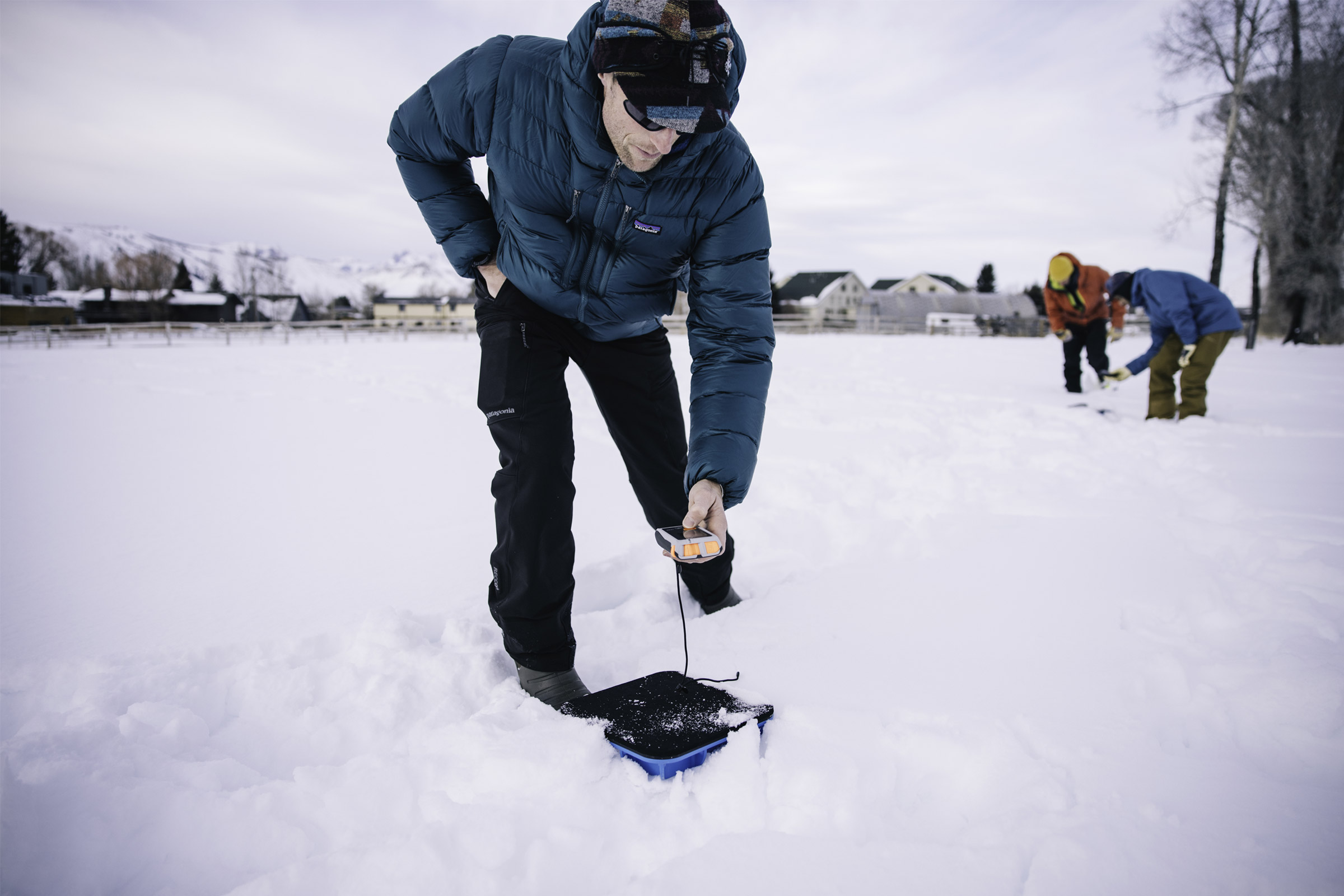
Practical Skills
Practical drills like beacon tests and multiple burial scenarios give students a chance to hone their skills. More importantly, it’s a way to practice teamwork, communication, and establishing feedback loops.
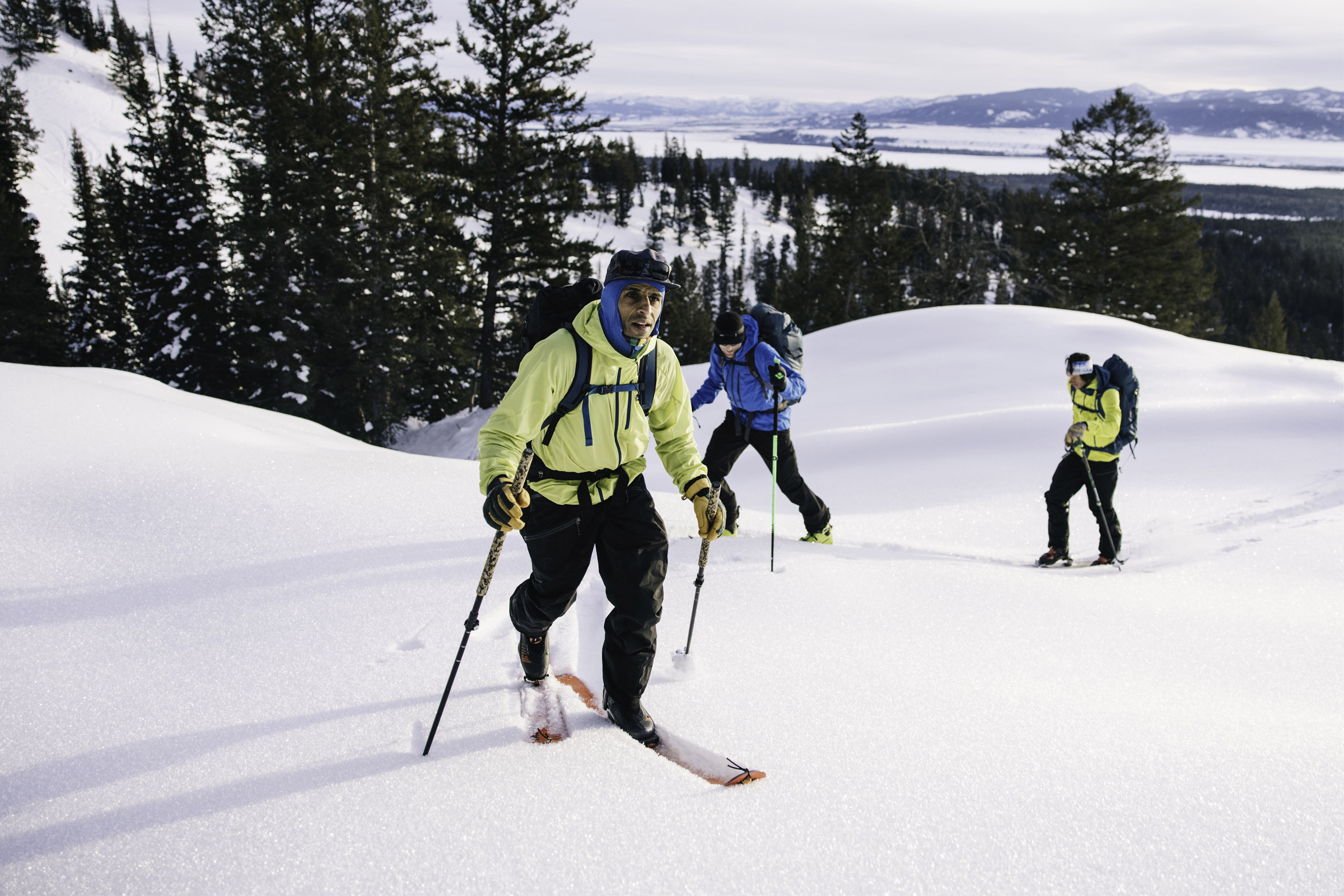
One major problem with avalanche classes, Billimoria says, is that they don’t simulate real scenarios. This is because they don’t spend much — if any — time in terrain that has the potential to slide. Therefore, all of it is theoretical, even the in-field practice.
Billimoria prefers smaller groups with better student-to-guide ratios, like our 3-to-1. This enables more mentorship, real touring scenarios, and more hands-on learning.
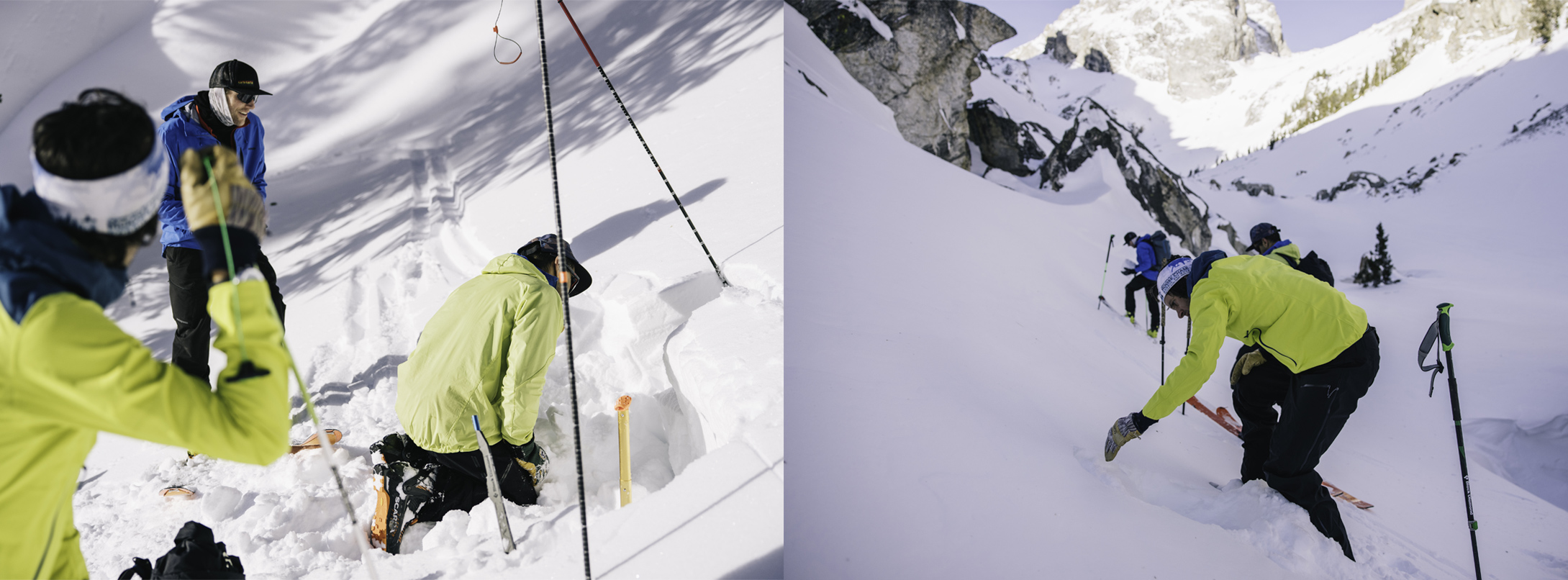
To assess a deep persistent slab layer, we dug a small pit and did a few column tests. However, most of our tests were quick, hand shears or pole pits, to gather a wider variety of data. All our observations were recorded, letting us see patterns as we headed toward the alpine and into more consequential terrain.
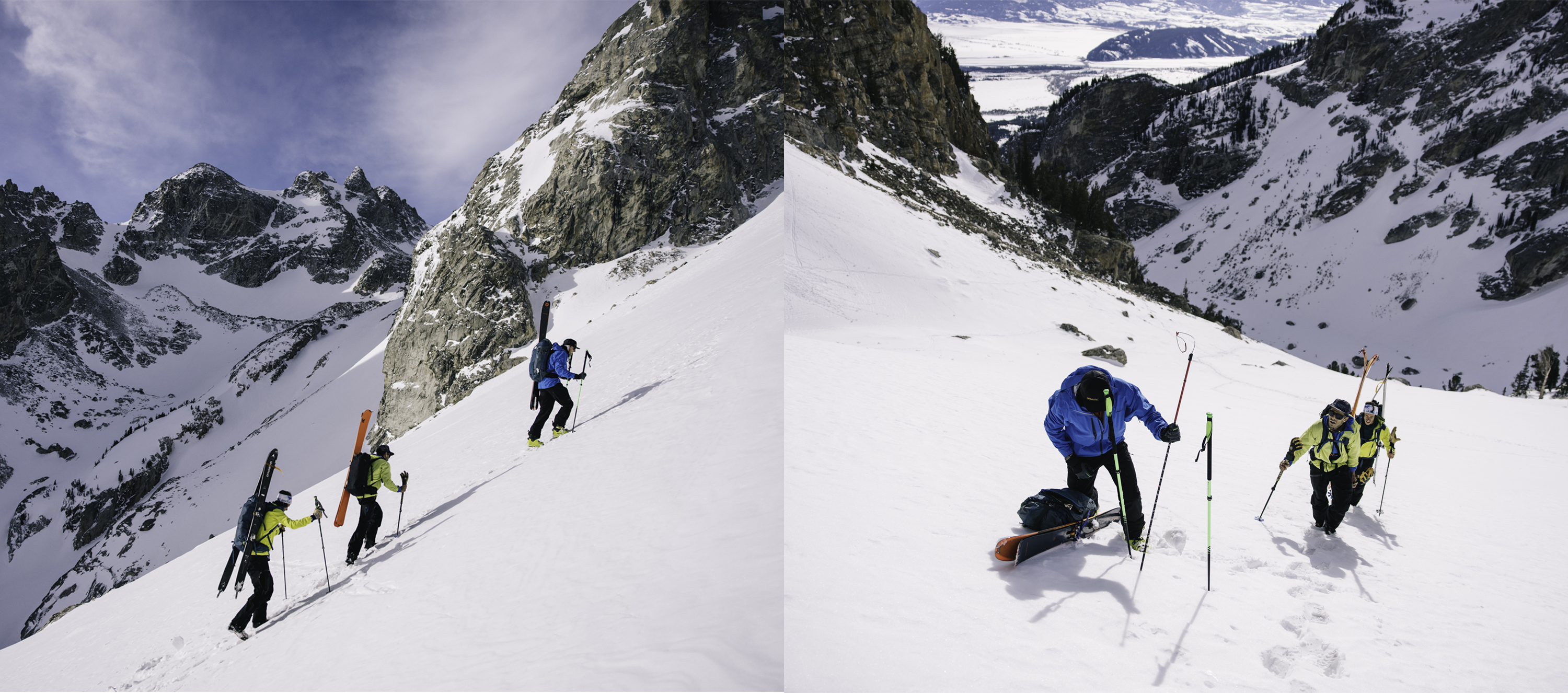
More often than not, Billimoria will follow the group, not lead. This is deliberate — he doesn’t want to be the authoritative expert. Instead, he lets students learn by teaching others. As we climbed the slope, we checked the snow depth, monitoring possible trigger points and changes in the structure and layers.
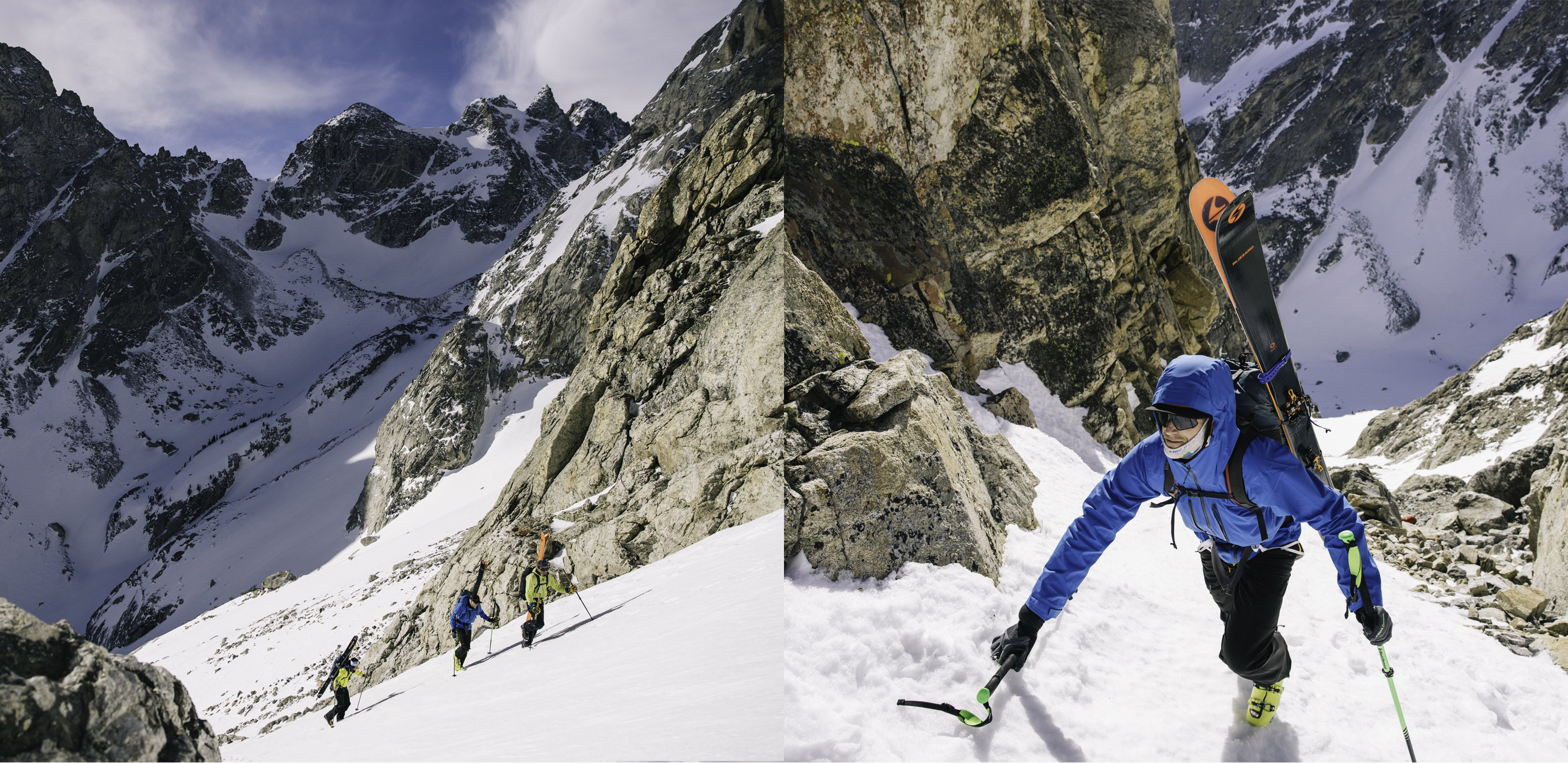
Bootpacking up a chute, we talked about temperature, the last few weeks of weather, and how snow morphs over time. Z facilitated our conversation, often listening more than talking, as the three of us riffed on the risks and the terrain’s potential pitfalls.
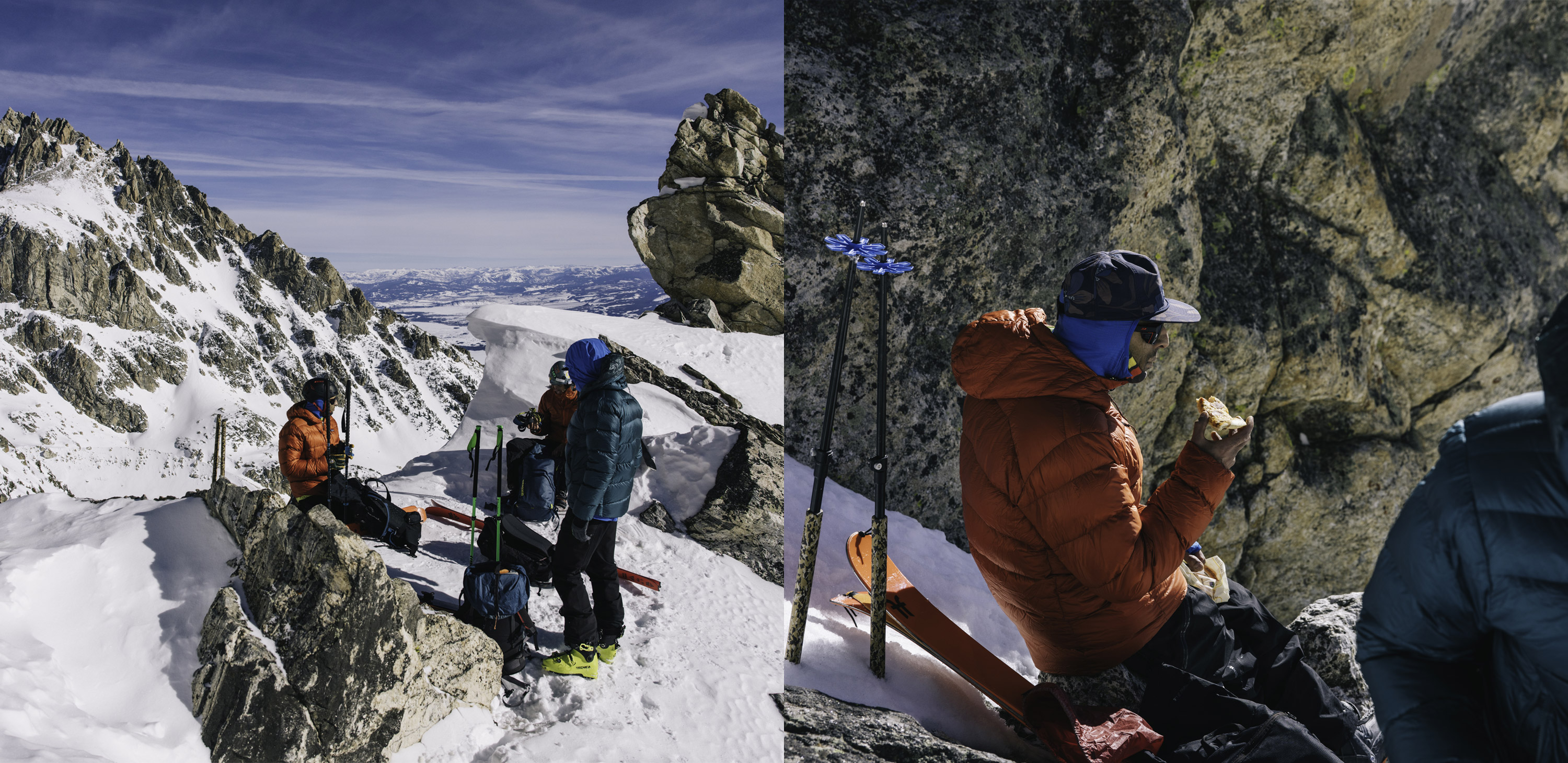
Arriving at the col on the top, we threw on warm layers and stopped to discuss the decisions made to get there, how the snow was healing over time, and the best descent route. Z also shared his pro tip for the day: leftover pizza lunch.
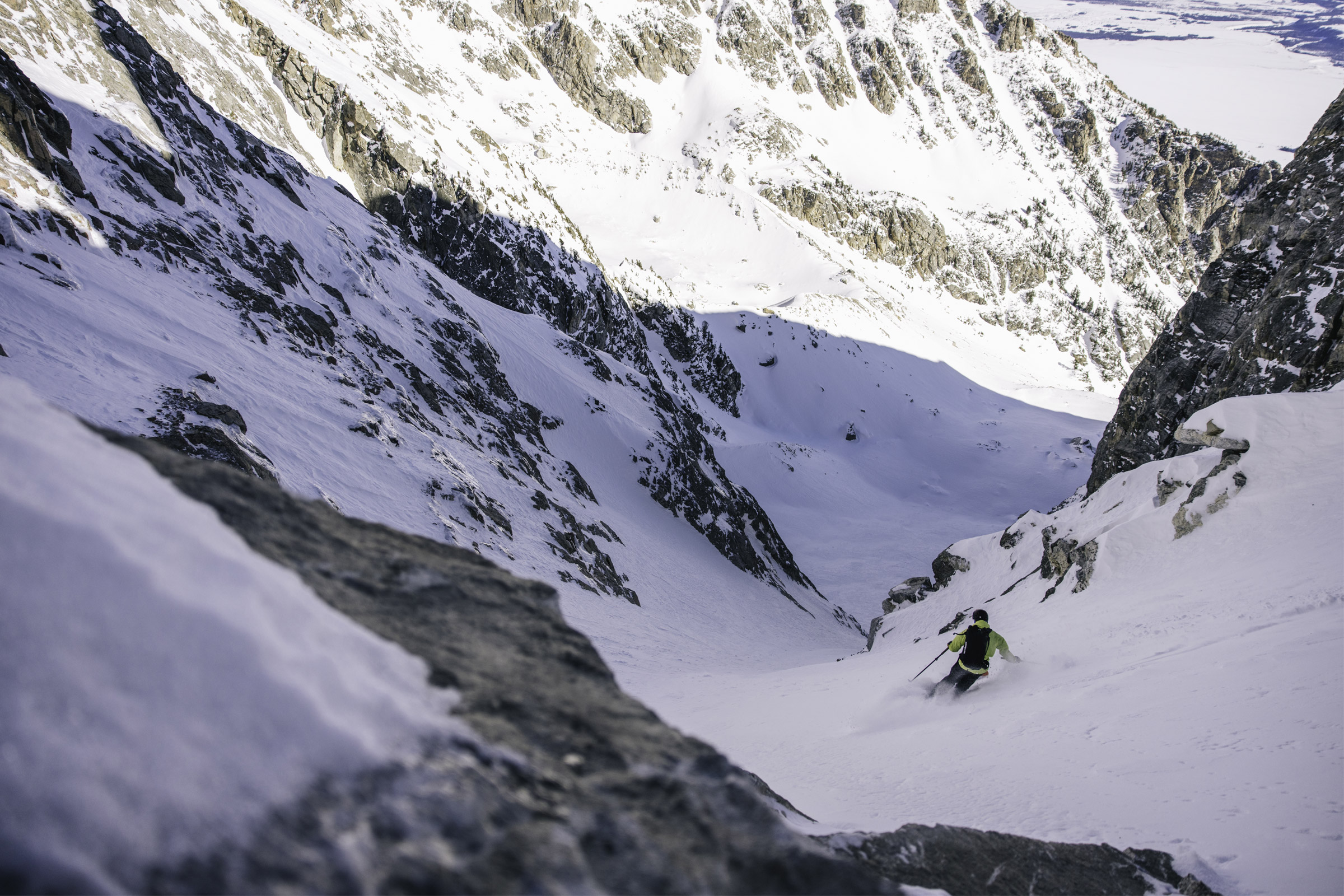
After assessing a couloir with a required rappel at the top, we opted for an easier entrance to our ski line. Z went first, demonstrating a ski cut at the top of the slope. Then he dropped in, descending to a point of safety 100 meters down. We skied one at a time, leapfrogging down the slope to the basin below.
Leveling Up
Overall, the class caters to experienced backcountry skiers. It pushes your knowledge base and challenges your blindspots when it comes to snow safety and group decision-making.
You’ll be in real avalanche terrain and tackling big days. This experience helps show you a much larger variety of snow conditions than any other avalanche class.
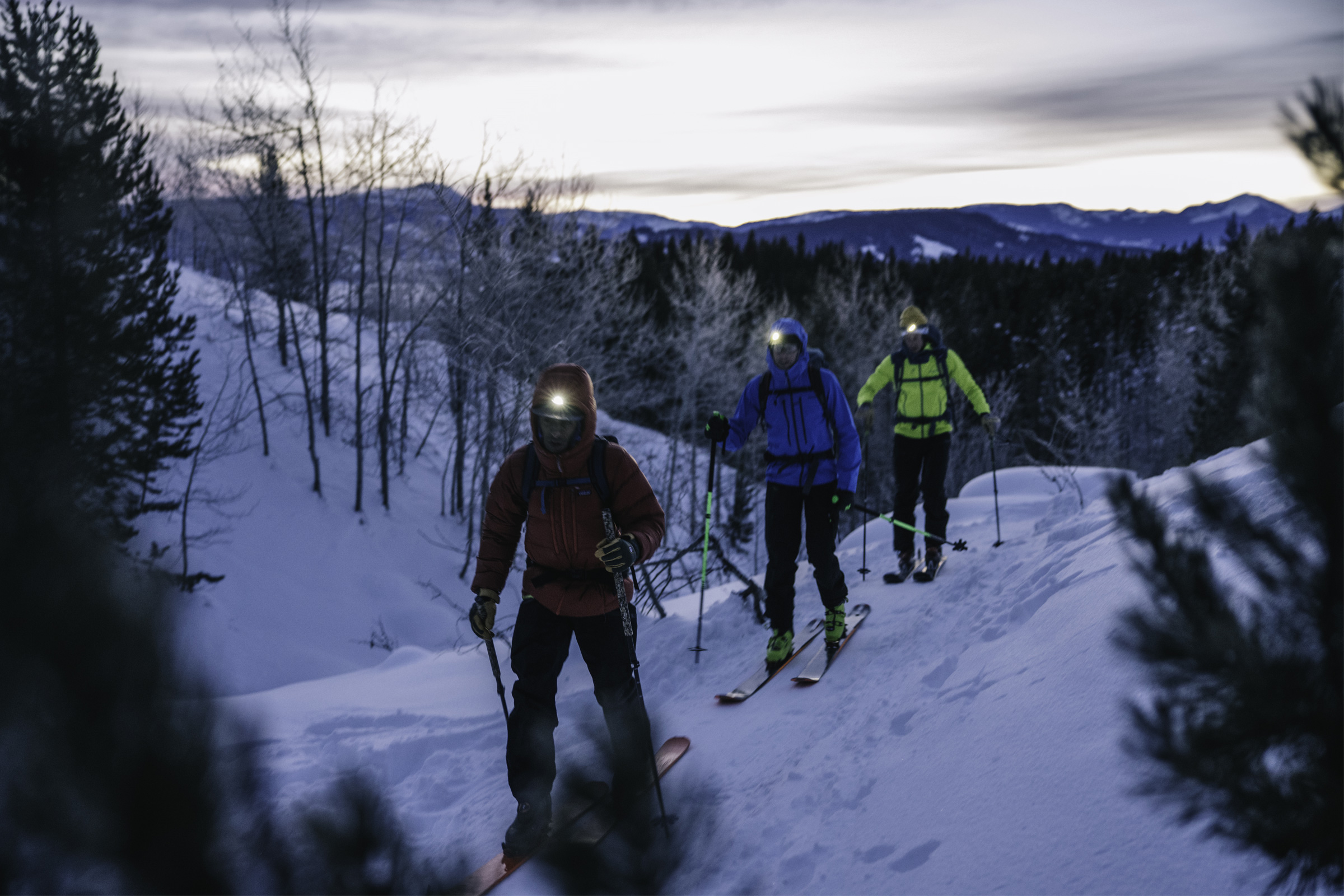
Courses are typically 4 days long, in either February or March, and based in the Tetons. Learning from your instructor and the group you decide to take the class with is a unique experience.
It still has me considering how I make observations and decisions in the backcountry, especially with those I travel with often. To apply, you should reach out to Z directly on his website.
Learn More at Samsara Experience


